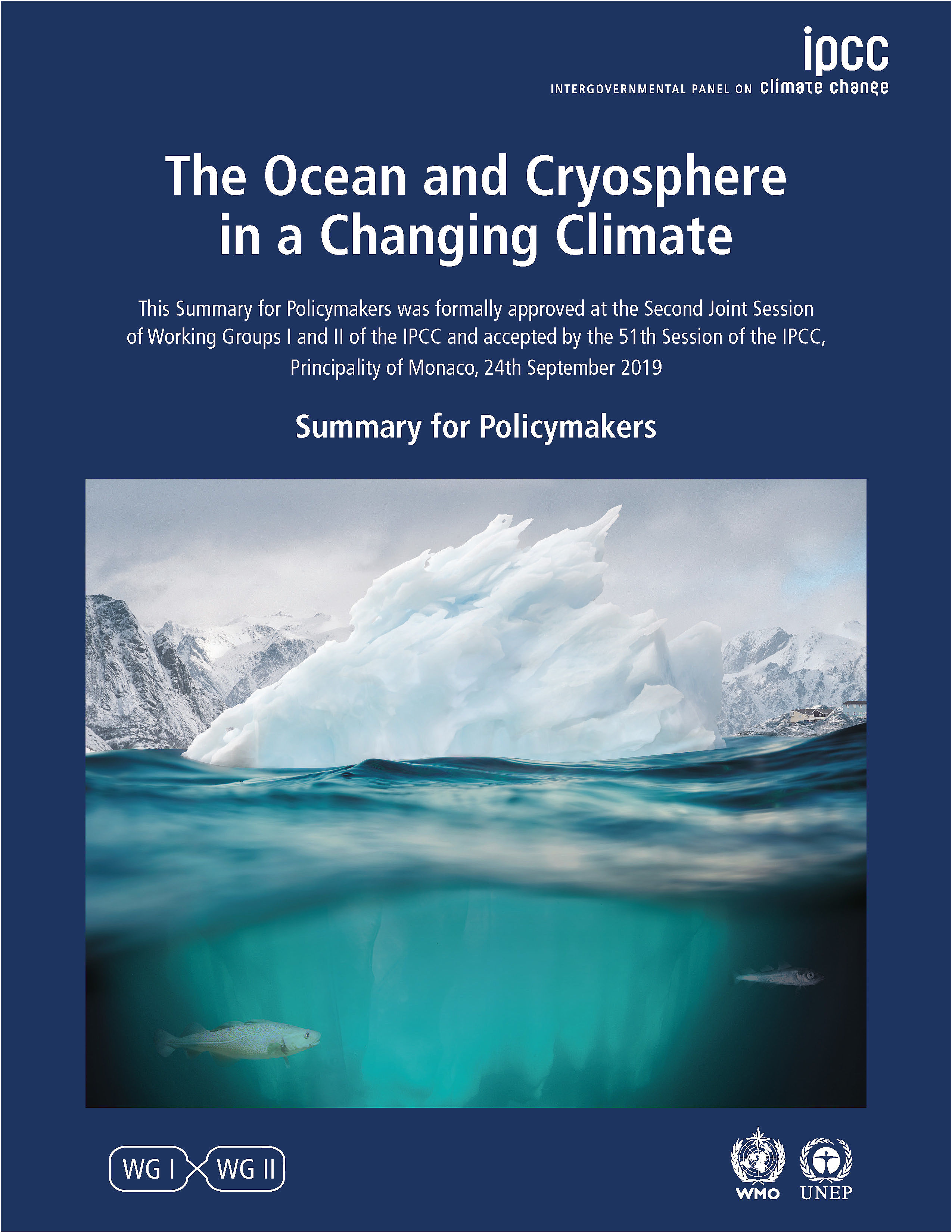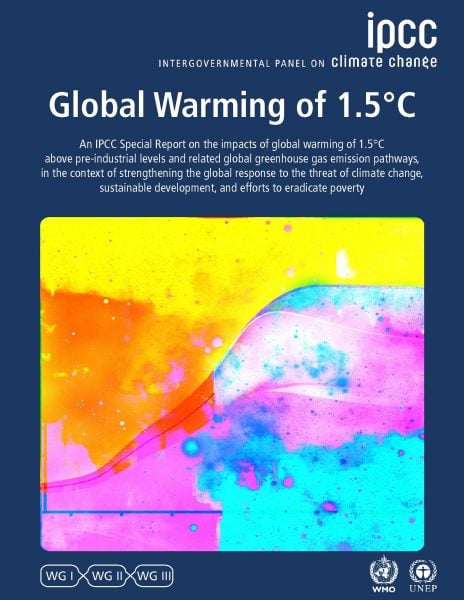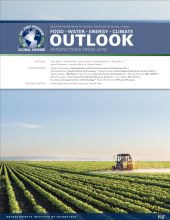 State and Trends of Carbon Pricing 2023 / World Bank
State and Trends of Carbon Pricing 2023 / World BankDate: 2023
This report provides an up-to-date overview of existing and emerging carbon pricing instruments around the world, including international, national and subnational initiatives. It also investigates trends surrounding the development and implementation of carbon pricing instruments and how they could accelerate the delivery of long-term mitigation goals. Specifically, this includes the use of carbon taxes, emissions trading systems and crediting mechanisms. International cooperation on carbon pricing and the status of work surrounding Article 6 of the Paris Agreement is also canvassed.
 The Global Climate 2011-2020: A decade of acceleration / WMO
The Global Climate 2011-2020: A decade of acceleration / WMO UNEP Emissions Gap Report / UNEP
UNEP Emissions Gap Report / UNEP State of Climate Services / World Meteorological Organization
State of Climate Services / World Meteorological Organization The Production Gap / UN Environment Programme
The Production Gap / UN Environment Programme United in Science 2023 / World Meteorological Organization (WMO)
United in Science 2023 / World Meteorological Organization (WMO) Special Report on the Ocean and Cryosphere in a Changing Climate / Intergovernmental Panel on Climate Change
Special Report on the Ocean and Cryosphere in a Changing Climate / Intergovernmental Panel on Climate Change Special Report on Global Warming of 1.5ºC / Intergovernmental Panel on Climate Change
Special Report on Global Warming of 1.5ºC / Intergovernmental Panel on Climate Change The Global Climate in 2015–2019 / World Meteorological Organization
The Global Climate in 2015–2019 / World Meteorological Organization International Energy Outlook / U.S. Energy Information Administration
International Energy Outlook / U.S. Energy Information Administration US National Climate Assessment / U.S. Global Change Research Program
US National Climate Assessment / U.S. Global Change Research Program Climate Science Special Report (CSSR) / U.S. Global Change Research Program (USGCRP)
Climate Science Special Report (CSSR) / U.S. Global Change Research Program (USGCRP) Food, Water, Energy and Climate Outlook / MIT Joint Program on the Science and Policy of Global Change
Food, Water, Energy and Climate Outlook / MIT Joint Program on the Science and Policy of Global Change Trends in global CO2 emissions / PBL Netherlands Environmental Assessment Agency
Trends in global CO2 emissions / PBL Netherlands Environmental Assessment Agency REthinking energy 2017 / International Renewable Energy Agency (IRENA)
REthinking energy 2017 / International Renewable Energy Agency (IRENA) Assessing The Post-2020 Clean Energy Landscape / World Resources Institute
Assessing The Post-2020 Clean Energy Landscape / World Resources Institute Shock Waves: Managing the Impacts of Climate Change on Poverty / World Bank
Shock Waves: Managing the Impacts of Climate Change on Poverty / World Bank